Osteochondrosis is a medical term that describes a violation of the integrity of the cartilage surface of the bone. Most often, the disease involves damage to the disc.
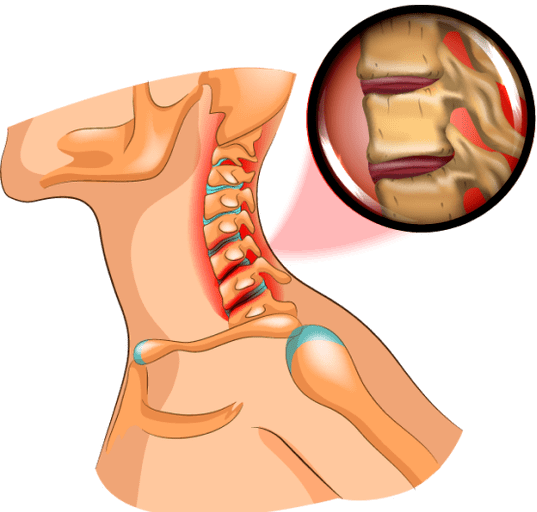
The disc is a type of shock absorber that reduces the pressure placed on your spine under a load. Bone tumors impair the quality of life, causing pain in the back, neck, head, and tinnitus.
There are two views regarding the diagnosis. Overseas experts believe the disorder is caused by childhood and adolescent diseases. It is thought to be more common in children when their bones are in the developing stage. Russian doctors diagnose osteonecrosis mainly in patients aged 25-55 years. Signs, causes and types of disease in two cases are the same.
How to determine bone necrosis?
- Is there persistent or recurrent back pain or muscle tension?
- Do you have goosebumps on your lower back or neck?
- Did you feel "shot" in the back?
- Do you feel pain when you raise your hands or shake your head to the side?
- Do you experience periodic dizziness?
- Do you feel noisy, nauseous?
If there is at least one answer in the affirmation, you should contact an expert to conduct the research. If the diagnosis shows a violation, your doctor will prescribe treatment and help protect you from more severe and painful symptoms.
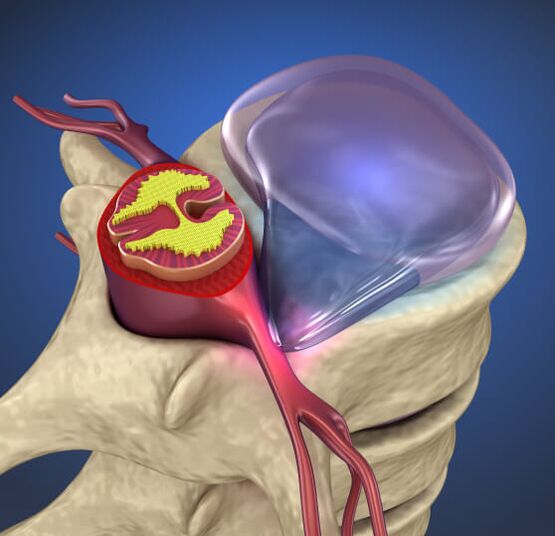
Causes of bone necrosis
The large incidence of osteonecrosis is related to the fact that people are always in an upright position. In this case, the spine and disc are under increased stress. If sitting, lying or standing incorrectly, the disc loses its cushioning capacity.
Over time, the mucous layer of the disc cracked and protrusions appeared. They begin to squeeze the blood vessels, the roots of the spinal cord or the brain itself. As a result, pain, reflex tension occurs in the muscles.
The risk group includes middle-aged people and older. Office workers, professional drivers, tall people are the most common subjects of this disease. Risk factors for initiating serious symptoms of the disorder can be:
- flat feet;
- heredity;
- overweight;
- decreased motivation.
The reasons for the occurrence of disorders in the joint cartilage:
Handles heavy loads.
The sitting, standing, and lying posture are not correct
Injury, overactive activity.
Excessive stress when playing sports.
High air humidity and low temperature.
The activities involve the frequent change of body position.
Types of bone necrosis
Bone tumors can develop in any part of the spine. According to the localization, the disease is divided into: cervix, thoracic and lumbar. The latter occurs in 50% of cases.
Lumbar necrosis
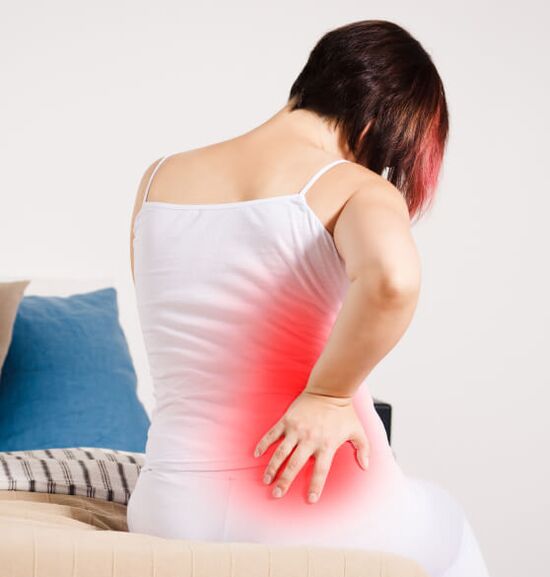
A similar diagnosis is made for both men and women. This is due to the increased load that occurs when walking, running, exercising and sitting for long periods of time. Lumbar spine consists of 5 vertebrae, between vertebrae there are disc that create elasticity. If metabolism does not take place, the discs will lose their properties and pain will appear.
The symptoms:
- Dull or sharp back pain that is worse with movement.
- Pain in the legs, pelvic organs, sacral region.
- Impaired mobility or sensitivity.
- Atrophy of the muscles of the legs during an acute episode of the disease.
Lumbar necrosis must be treated. If left untreated, dangerous complications may occur: sciatica, hernia, bulging eyes. As a result, the natural blood supply to the spinal cord is disrupted, resulting in paralysis of the lower extremities.
Cervical bone necrosis
"Be sure to turn your head" - urged the doctor. In this way, you can avoid a dangerous diagnosis of osteonecrosis of the cervical spine. The neck is the most mobile part of the spine. This part consists of 7 vertebrae. The disease occurs due to metabolic disorders in the body, there is salt accumulation in the neck or because the head position is often uncomfortable.
The symptoms:
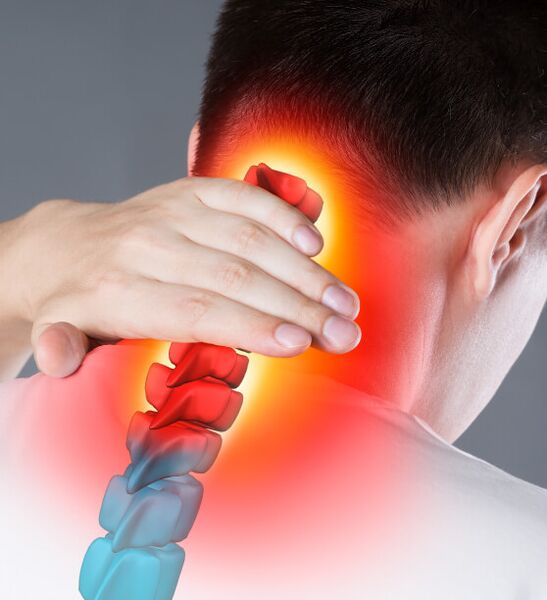
- Headache;
- Pain in the area of the heart;
- Immediately flashes "flies";
- Deaf;
- Cracking sound in the spine of the neck;
- Pain in the arm or shoulder joint;
- Numbness of limbs.
Experts note that this type of disease is one of the most dangerous, as it can cause poor blood circulation in the brain, migraines, dystonia, and more serious illnesses.
Osteonecrosis of the chest
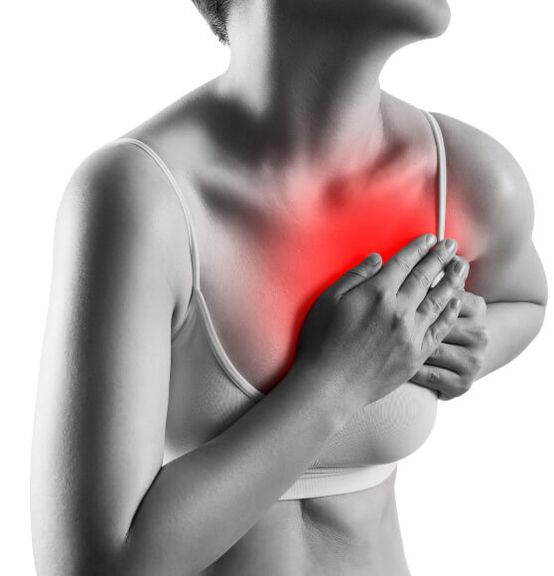
Disorders in the thoracic spine occur less often, because the vertebrae are not working. Pain that occurs in this area of the body is experienced by many people who do heavy physical labor or sedentary work. The cause of bone necrosis can be due to a disturbed metabolism, increased load on the discs.
The symptoms:
- Pain or pressure in the chest area.
- Pain between shoulder blades when raising arms.
- Skin sensitivity disorders.
In an acute disorder, two symptoms are possible: back pain and back pain. Dorsago accompanied by acute chest pain, difficulty breathing. With back pain, the pain in the vertebral region of the lump is not too strong, but gradually increases. The disease is often confused with other diseases of the chest: myocardial infarction, pneumonia, angina, etc. v. Diagnosis is performed only by a specialist, based on examination and research.
Stages of bone necrosis
- In the early stages, there are no obvious symptoms. With cyclicality, there is discomfort in the spine, associated with fatigue or overexertion. The disease can be detected with routine exams, x-rays or CT scans.
- The second stage is accompanied by a pain syndrome, as cartilage tissue destruction begins and the distance between the intervertebral discs gradually decreases. Pain at this stage will be lessened with medications prescribed by the doctor.
- In the third stage, deformations of the spine begin to appear: the fibrous ring is ruptured, the appearance of a herniated disc. With the help of a properly prescribed treatment, it is still possible to improve the condition of the spine.
- The fourth stage is irreversible changes in the spine in which a person becomes difficult to move. Bone tissue develops between the vertebrae, connecting the vertebrae. Usually, this form of bone necrosis leads to disability.
Methods of diagnosis
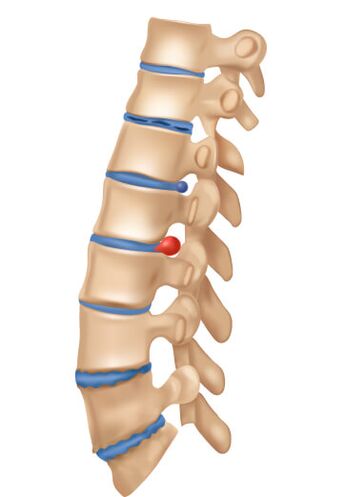
To determine the extent of the disease, to test the sensitivity and reflexes, the doctor performs a physical exam. In addition, blood and urine tests were performed, indicators of calcium metabolism were studied.
For accurate diagnosis, diagnostic methods are used:
- Ultrasound of blood vessels. Determines the degree of impaired blood flow in the vertebral artery.
- X-ray of the spine.
- MR. T. Constructs three-dimensional images of the study area to detect small deviations of the vertebra.
- UMRI. Study the state of soft tissues to assess the state of the spinal cord and visualize the internal structure of the disc.
Treatment

Bone tumor is fully treated. The main goal of therapy is to suppress the sensation of pain, and eliminate the muscle tension and stiffness of the movements that arise from the pain. It is important not to self-medicate, but consult a specialist and follow the recommendations.
To treat spondylosis, doctors prescribe nonsteroidal anti-inflammatory drugs that help reduce inflammation and swelling. Muscle relaxants are responsible for reducing muscle spasm. Ointment is used for pain relief. Antioxidants and vitamins can be prescribed to protect nerve tissue.
Preventive

It is possible to preserve the health of the spine and prevent the occurrence of symptoms or complications of osteonecrosis by observing preventive methods:
- drink enough water, control body weight;
- eat foods rich in collagen;
- choosing orthopedic mattresses to support the body;
- exercise regularly.
Try alternative methods: acupuncture, qigong or massage. Before performing any procedure, you should consult your doctor to ensure the health of the musculoskeletal system.

























